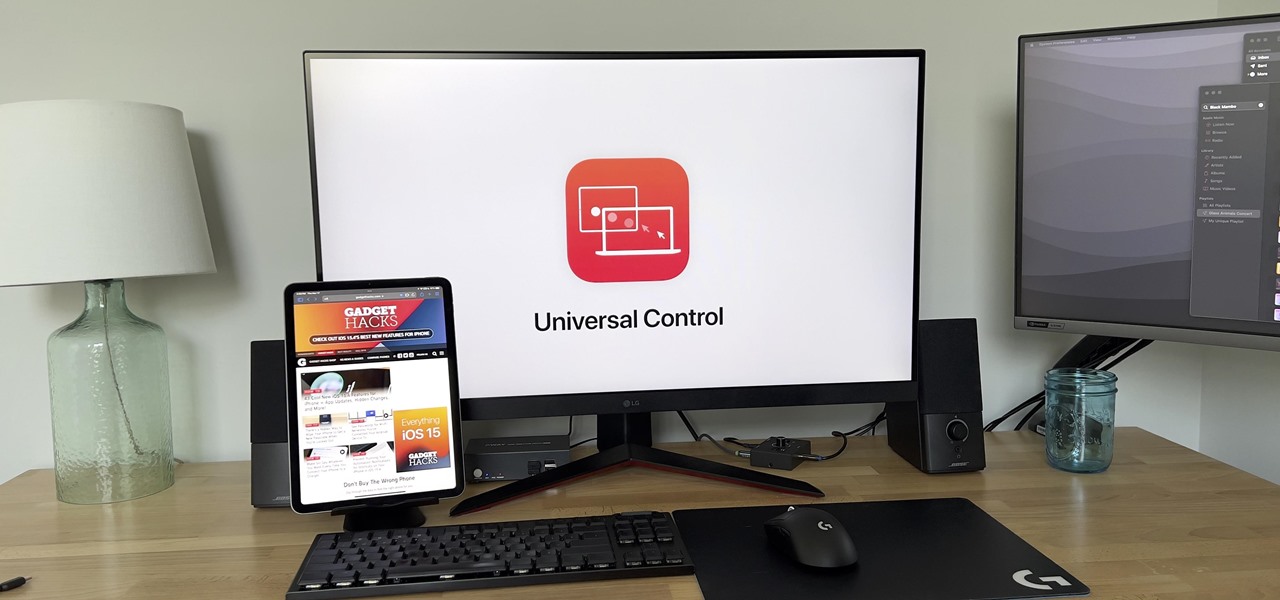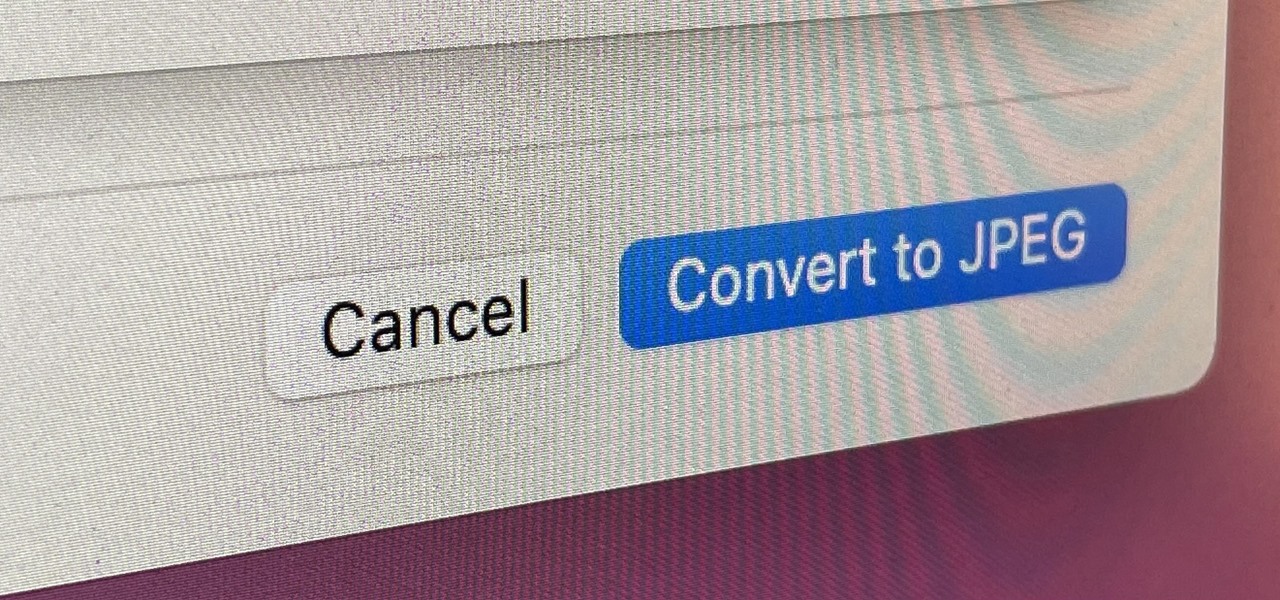How I Remotely Access My Windows PC From My Android Phone
Google Chrome
Ever wanted to quickly check something on your PC while you’re away? Or maybe grab that one file you forgot to transfer to your phone? Here’s what I use to seamlessly access my Windows PC from my Android phone, no matter where I am.
How I Use Chrome Remote Desktop for Remote Access
Chrome Remote Desktop offers an elegant and straightforward way to access my Windows PC from my Android smartphone. All I need to do is open the Chrome Remote Desktop app on my phone, and it shows me a list of all the connected devices—which, in my case, is my Windows desktop. With a single tap, I’m connected to my Windows PC.
The interface is clean and intuitive, with a dropdown options panel at the top that provides quick and easy access to all essential features without cluttering the screen. One aspect I particularly appreciate is how the options panel can be pinned or unpinned—I usually keep it unpinned to maximize screen real estate, especially when working on my phone’s relatively small display.
Here’s a quick overview of the key features to give you an idea of what’s possible:
Touch Input: Trackpad or Touch Screen
Once you gain remote access to your Windows PC, you can technically use your phone’s display as a touch screen, aka direct touch (default option) to control your Windows PC, or you can turn it into a trackpad.
If you decide to use direct touch, any place you tap your phone’s screen will register as a click. So if you tap on an app icon it will start the app icon. Even though the icons and interface elements are very small, the touch accuracy is surprisingly good. I was almost always able to hit the right icon or app on the first go.
That said, cramming a full desktop interface into a 6-something-inch display will make the icons hard to click and some text difficult to read. Thankfully, you can easily pinch to zoom in and out of the desktop to get a clear view of what’s going on.
Furthermore, you can also turn the screen into a trackpad. This way, you drag your finger across the screen to move the cursor, which you can then use to click on icons and interface elements. This works exactly like a laptop trackpad where you can press and hold to select something, and use two-fingers scrolling.

Related
How to Use Your Android Phone as a Bluetooth Mouse or Keyboard
You can use your Android phone as a keyboard or mouse without installing software on your computer.
Keyboard Integration
You can trigger the keyboard functionality from the options panels. It allows you to use your phone’s virtual keyboard to type directly into any application on your PC.
You can also hit the three-dot button to enter the advanced menu. From here, you can trigger system-wide keyboard shortcuts like Ctrl+Alt+Del just by tapping on the specific buttons. You can also configure key mapping and keyboard shortcuts.
Advanced Settings
Here’s a quick look at the advanced settings in the three-dot menu:
- Video codec selection (AV1, VP8, VP9) for optimizing performance based on your connection
- Full-resolution color encoding
- Smooth scrolling for better navigation
- Frame rate control from 15fps to 60fps (I usually stick to 30fps for the best balance of responsiveness and performance)
- System key commands for administrative tasks (as discussed in the previous section)
- Option to upload and download files between devices
- Clipboard synchronization between devices
In my experience, the default AV1 codec works best for most situations, but I occasionally switch to VP8 when on a slower connection. I’ve also found that disabling high-quality color mode reduces lag without significantly impacting usability.
How to Set It Up
Out of all the various remote access tools I have used, Chrome Remote Desktop is probably the simplest and quickest to set up. On your Windows PC, open Google Chrome, and go to the Remote Access website. and hit the downloadbutton (arrow pointing down icon). This will download the ChromeRemoteDesktopHost setup file.
Remember to use Google Chrome for a seamless experience—and not a Chrome-based browser like Edge or Brave. I learned this the hard way after troubleshooting connection issues with other browsers.
Once downloaded, run the setup file to install the host. After the installation is completed, go back to the Chrome Browser window and refresh it. You should now see an option which asks you to Set Up Remote Access. Click Turn On > Choose a name for your PC > Set a Pin, and voilà! You have successfully installed and set up Chrome Remote Desktop on your Windows PC.
Now, on your Android device, visit the Google Play Store and download the Chrome Remote Desktop app. Open the app and make sure you’re logged in using the same Google account as in your Google Chrome browser on your Windows PC.
You should see a list of all remotely accessible devices connected with your account. Pick your Windows device from the list, enter the corresponding pin, and within a few seconds you should have remote access to your Windows PC from your Android phone.
Why I Use Chrome Remote Desktop
I’ve settled on Chrome Remote Desktop for several reasons. It’s completely free to use, covers all the essential features you’d expect from a remote access software, and it’s super easy to set up. As I just demonstrated, it barely takes more than five minutes to get it up and running on your Windows PC and Android smartphone.
Furthermore, it’s exceptionally lightweight and doesn’t tax the CPU or RAM. This means you can potentially turn on a low-specced Android phone to access your Windows PC when you’re traveling and need to access a file or run a program. This works exceptionally well if you have an Android tablet and want to turn it into a Windows tablet.

Related
Use Android and Windows? Combine Them With These 4 Cool Tools
Stop switching screens!
My Issues With Other Alternatives
I’ve tried other remote access solutions, but each has its drawbacks. TeamViewer works, but I found it laggy with noticeable performance issues. AnyDesk is another great option, but its latest version, at the time of writing, is super buggy and randomly disconnects in the middle of a connection.
RustDesk is probably the best alternative if you’re looking for an open-source, privacy-focused solution that you can control. However, it’s not available in the Play Store—you’ll need F-Droid, and setting it up can be complicated compared to Chrome Remote Desktop.
Chrome Remote Desktop has become my go-to solution for accessing my Windows PC from my Android phone. It’s secure, reliable, and offers all the features I need without unnecessary complexity.
















